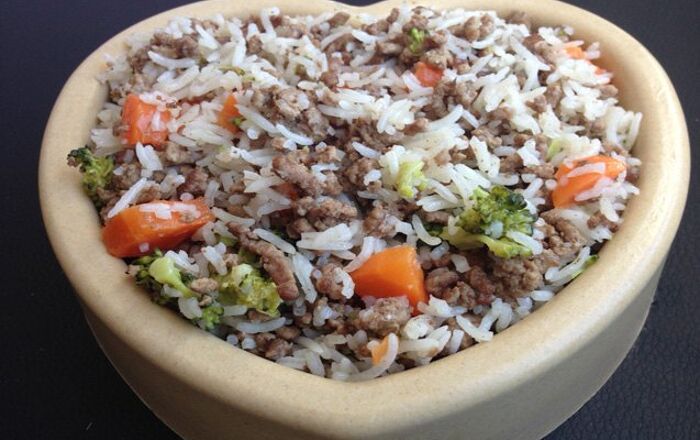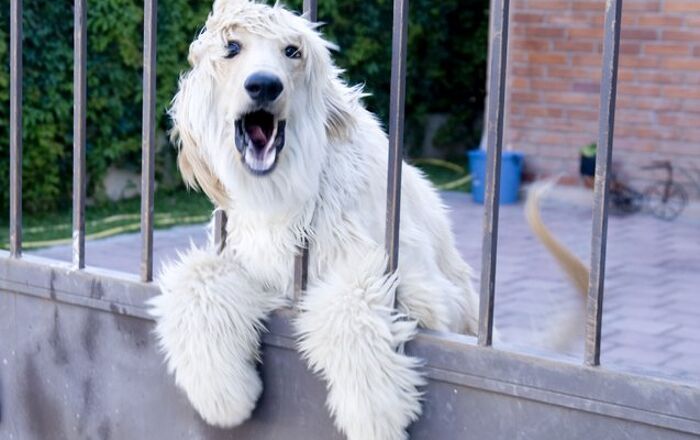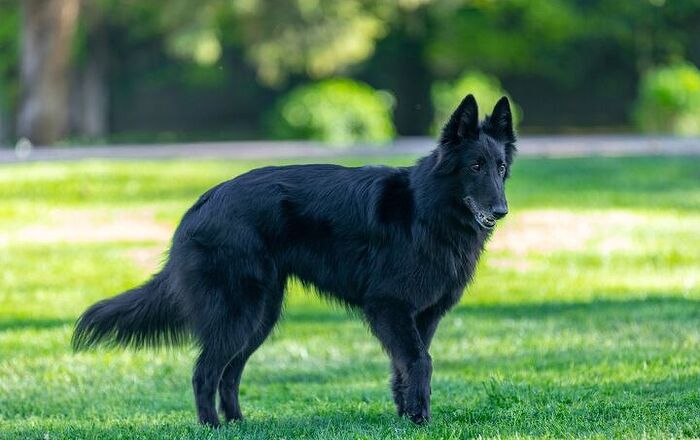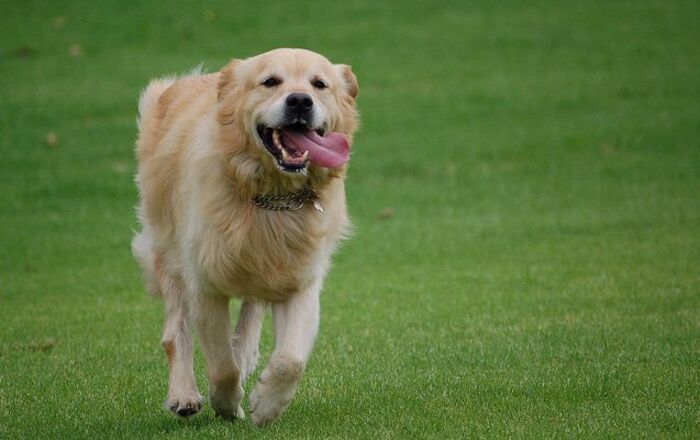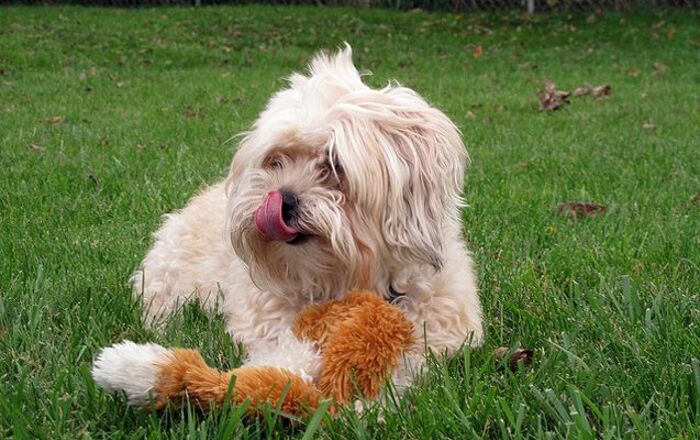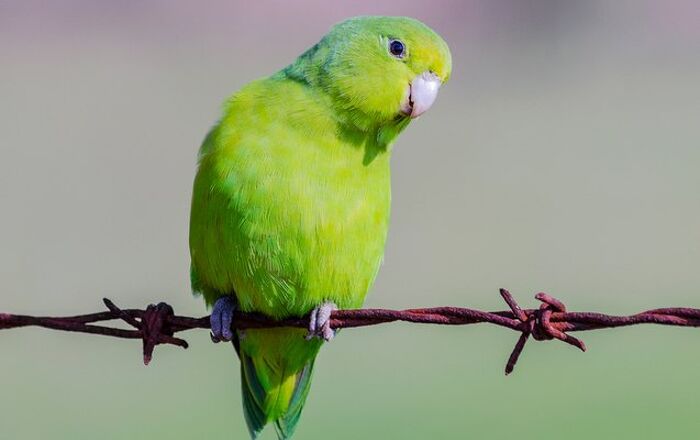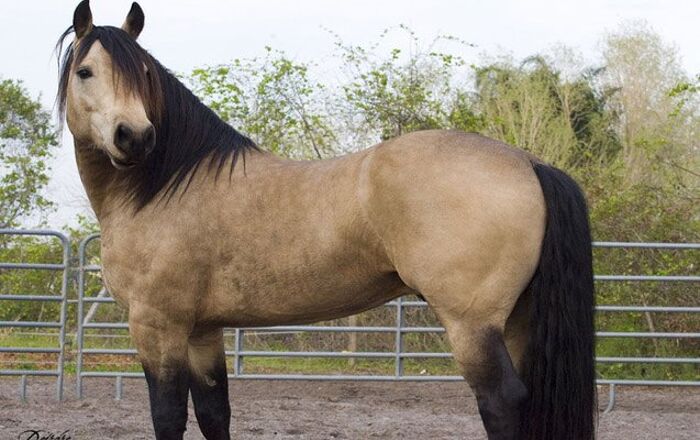
Saint Bernard Basics
Is there any animal that can get away with being so big and so friendly as the Saint Bernard? When it comes to this article, we’re going to talk about one of the most instantly recognizable breeds of dog out there today, if only because it blocks so much sunlight simply by standing around: the Saint Bernard.
The Saint Bernard originally made a name for itself as a Swiss rescue dog, and indeed tales of Saint Bernard rescues survive and abound to this very day. This perhaps partially explains the popularity and reputation of Saint Bernards as friendly, unassuming dogs that are only looking to do good things. In many cases, this is exactly what having a Saint Bernard will tell you about the powerful breed. But there’s more to this breed than simply being a powerful rescuer: as you’re about to find out, it can make an excellent family pet that gets along with many of the range of characters you encounter each day. Let’s dig a little deeper and find out what makes the Saint Bernard tick.
Is there any animal that can get away with being so big and so friendly as the Saint Bernard?
Origin
Many of us associate the Swiss with watches, bank accounts, and army knives, but throughout history they have been very admirable pet breeders who have given us very unique and powerful breeds. One of these breeds is the Saint Bernard, whose most defining characteristic is its size. With a large head and overall body, the largest St. Bernard on record supposedly weighed some 367 pounds. It’s a good think these Saint Bernards are so powerful, because they’ve done a lot of heavy lifting as rescue dogs.
The Swiss bred these dogs – relatives of Sennenhunds – hundreds of years ago, considering there are paintings depicting large, Saint Bernard-like dogs as early as 1707. Even in this painting the dogs were portrayed as a calm, obedient breed. The Saint Bernard takes its name not directly from the Saint, but from the Saint Bernard pass in the Western Alps where many of the dogs would frequent in its early days.
Pedigree
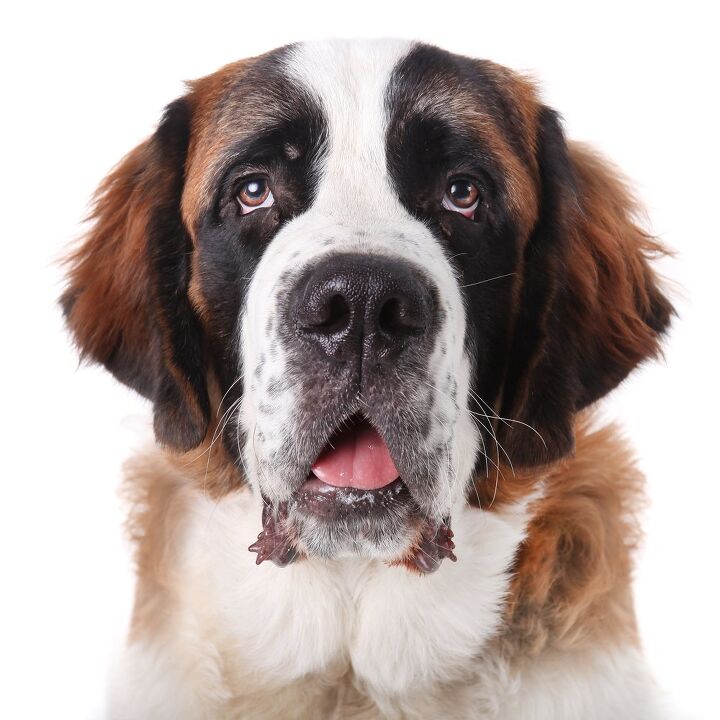
Related to the classically Swiss Sennenhund or mountain dog, the Saint Bernard’s history is closely intertwined with the history of Switzerland and the Alps. Because they were bred to be rescuers, this is how they got their name, especially fitting considering the treacherous conditions the Alps range can provide. This gives every Saint Bernard a particular pedigree that many people enjoy. Its instinct to protect and to rescue is one of its defining traits and it makes them especially appealing as great friends and companions for people who live near treacherous conditions.
Food / Diet
Given that Saint Bernards are so large, they require a similarly large diet in order to maintain a healthy body weight. It’s important to remember that this doesn’t mean they should be overfed, however. Plenty of meat and poultry will provide a good caloric intake while vegetables should be mixed in for nutrition.
The Saint Bernard originally made a name for itself as a Swiss rescue dog.
Training
Saint Bernards should be raised to socialize with people and animals in order to prevent them from becoming wary of strangers and other dogs. When a Saint Bernard realizes that other people and dogs are simply a part of their life, it will grow up to be rather unassuming and will not be overtly territorial. This requires diligent training from a pet owner especially if you’re raising a Saint Bernard from a puppy stage or acquiring an adult Saint Bernard without a lot of training.
Weight
The Saint Bernard can be anywhere from 100 to 200 pounds and even heavier. The breed itself is typically husky and heavy, so try to avoid the temptation to over exercise them, which could lead to an underweight dog.
Temperament / Behavior
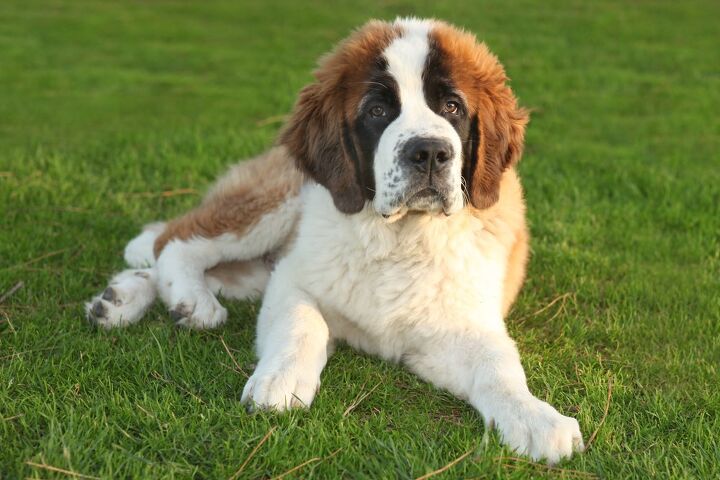
Proper training is essential for Saint Bernards because of how large they grow: it’s easy to handle toy dogs that are unruly as opposed to a St. Bernard that outweighs you. You want to make sure that your Saint Bernard is properly socialized and understands the typical boundaries it has. Some Saint Bernards will not know its own size, so be sure to give them plenty of room in areas they frequent the most.
Common Health Problems
As you would expect from a large dog of the Saint Bernard’s stature, joint problems, especially as the dog grows and ages, can present issues such as hip dysplasia. These dogs can also be prone to epilepsy, seizures, and heart problems.
Life Expectancy
With the bigger size comes a shorter life, around 8-10 years in life expectancy, which is, to Saint Bernard enthusiasts, one of the true negatives to owning a St. Bernard. It’s also important to remember that Saint Bernards can grow fast, so you’d better be prepared for that if you’re raising a Saint Bernard from a puppy.
Exercise Requirements
Saint Bernards are large and have plenty of calories to burn but should not be over exercised because of potential joint problems, particularly if you have a heavier Saint Bernard under your supervision. Regular exercise is a must to prevent boredom and over-excitement.
Saint Bernards should be raised to socialize with people and animals in order to prevent them from becoming wary of strangers and other dogs.
AKC
The St. Bernard is described by the American Kennel Club as “powerful and muscular in build, Saints possess a gentle and dignified temperament.”
Coat
The white-brown coat of the Saint Bernard is a defining characteristic. Saint Bernards will shed and as such require regular grooming.
Puppies
Given the small size and cuteness of puppy Saint Bernards, it can be difficult to remind oneself that these dogs will need to be raised and trained with its ultimate weight and frame in mind. Be sure to expose your young Saint Bernards to other dogs and people so they don’t become wary of them, and be sure to set boundaries for them from a young age.
Photo credit: Katrina Brown/Shutterstock


